Learning to use a spoon, fork and knife is a skill and, like all skills, it takes practice. Here are some tips for helping your child use cutlery to eat. If you’re prepared to be patient and to wipe up a bit of mess, you’re already half way there!
When do children start using cutlery?
You can start giving your wee one a spoon to play with as soon as they start eating solid foods (you can find out more about this in our section on weaning and first foods). Although don’t expect them to use it for its proper purpose at this point – it’s much more fun to chew it or bang it on their high chair!
By 14 months children can usually dip a spoon into food and move it to their mouths, although this is very messy and involves lots of spills! They’ll then learn to scoop with a spoon to feed themselves. But remember, all kids develop at different rates, so don’t worry if yours is still at the spoon banging stage.
Between 2 and 3 years, children get better at feeding themselves with a spoon and learn to pick up food with a fork. By 5 they’re usually learning to spread and cut with a knife. However, they don’t usually master the art of using a knife and fork together until they’re around 7.
Tips for helping your child to use cutlery
Tip #1: Are they sitting comfortably?
It’s important to make sure that your child is comfy when they’re eating, and that they can sit up straight and have both hands free to use their cutlery. There’s no set age for a child to move from a high chair to a ‘grown up’ chair, but it’s usually from around 2 years old.
If your child is sitting at a table to eat, make sure the table is at elbow height. They may need to kneel on their chair or sit on a cushion to reach! But try to make sure their feet aren’t dangling – you could put a box under their feet to stop this happening. You may also need to slip a cushion behind their back as well.
Sitting at a table is usually the most comfortable, supported way for your child to eat (and it’s easier to clean up too!). However, if they’re sitting on the sofa, you can make it easier for them by putting their food on a tray on their knee. If they’re sitting on the floor, see if they can kneel at a coffee table or use a tray.
Tip #2: Choose cutlery that's easy to use
If you can, give them cutlery that’s specially made for little hands. Spoons or forks with thick and/or textured handles are easier to hold and cutlery with a short handle is easier to control. It also helps to give them a bowl or plate with a raised edge so they’ve got something to scoop against.
Tip #3: Keep everything in place
Pop a placemat or non-slip mat under their bowl or plate. This stops the bowl or plate from sliding when your child is learning to scoop or stab.
Tip #4: Serve foods that are easy to scoop and stab
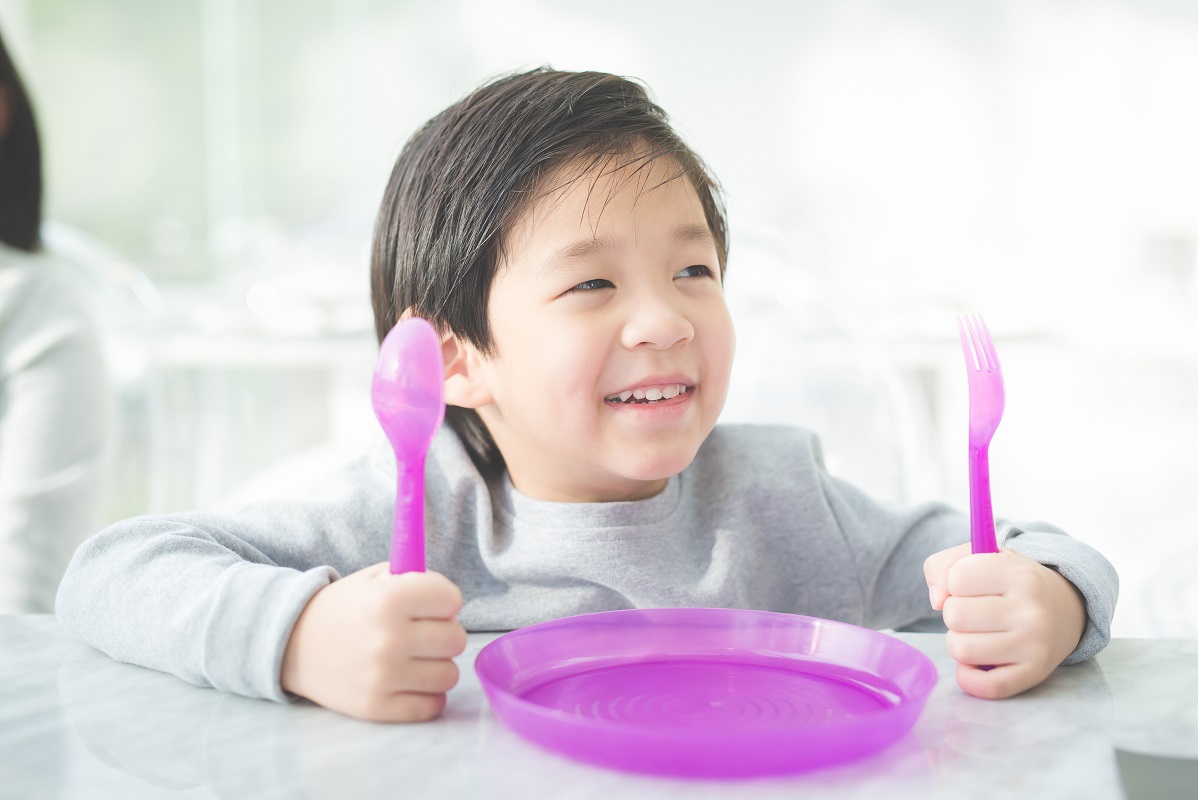
When you’re child’s first learning to use a spoon or fork it’s a good idea to serve foods that are easy to scoop (for example, thick, sticky foods like porridge or yoghurt) or to stab (like boiled potato or pasta shapes). The more successful your child is at using their cutlery, the more they’ll enjoy it!
Tip #5: Help, show, tell
Start by showing your child how to use their spoon and fork by putting your hands over theirs and helping them stab and scoop their food.
Once they’ve mastered this, try sitting next to them and showing them what to do with your cutlery, but letting them get on with it themselves.
Finally, simply talk them through how to use the spoon and fork without showing them.
Tip #6: Cutting edge
Once they’re happy using a spoon and fork, it’s time to introduce a knife into the mix! Choose a short knife with a thick and/or textured handle so it’s easier for them to use, and encourage them to hold it with their index (pointer) finger pointing down towards the blade. If they’re having difficulty putting their finger in the right place you could put a sticker or a dot of nail varnish on the back of the knife to show where their finger should go.
Knives can do two things – spreading and cutting – so work on one skill at a time. Start by showing them how to spread runny foods like jam before moving on to thicker things like peanut butter. Likewise, encourage them to practise cutting soft foods like bananas and mushrooms before you tackle harder things like potatoes or apples.
Tip #7: Make it fun
Next time you’re playing with play dough, give them some cutlery to practise scooping, stabbing and cutting with. Or how about trying some baking together? Our page on cooking with the kids has lots of ideas you can try.
Tip #8: Practice makes perfect
Learning to eat with cutlery is tricky, so try to be patient as your wee one learns these new skills, and give them plenty of time and opportunity to practise. They’ll get there in the end!
More information on using cutlery
If you’d like to know more you can download these leaflets from NHSGGC:
 Activities & Play
Activities & Play Behaviour
Behaviour Childcare
Childcare Development & Growing Up
Development & Growing Up Family, Friends & Relationships
Family, Friends & Relationships Feeding Your Baby
Feeding Your Baby Food & Eating
Food & Eating Health & Safety
Health & Safety Mental Health & Wellbeing
Mental Health & Wellbeing Money & Work
Money & Work Online Behaviour & Safety
Online Behaviour & Safety Pregnancy & First Days
Pregnancy & First Days School & Education
School & Education Sleep
Sleep

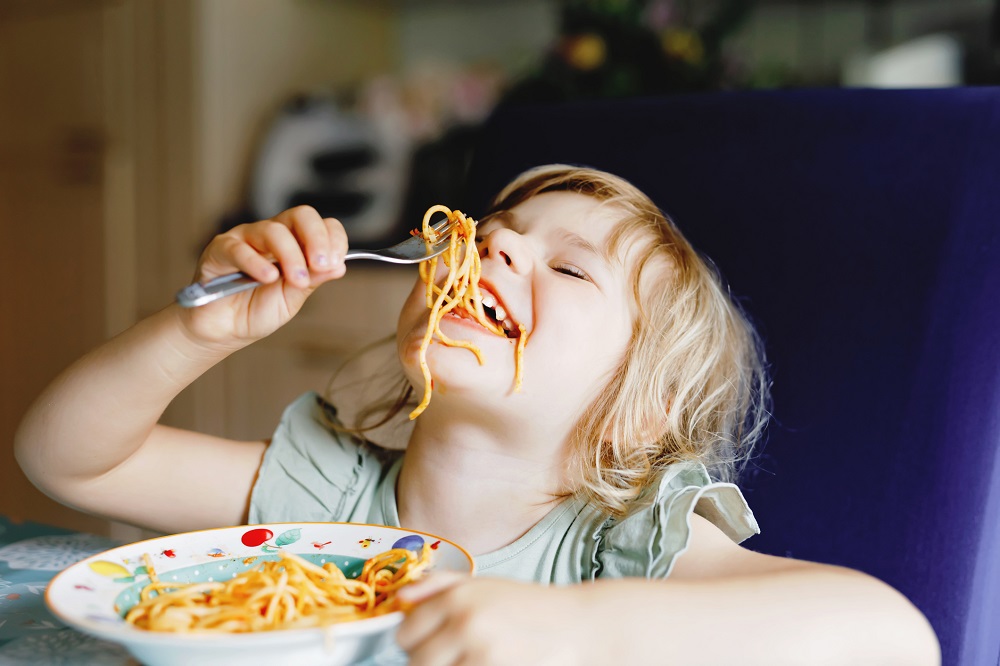
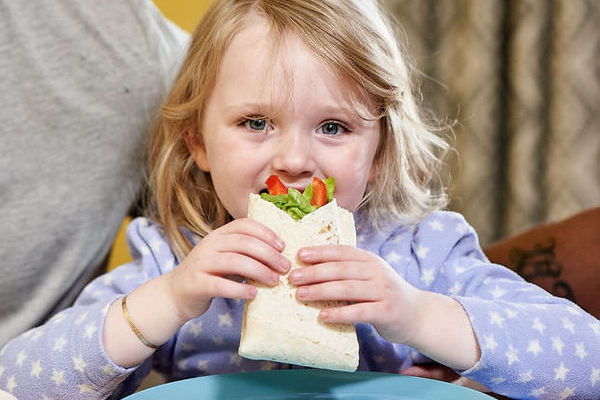
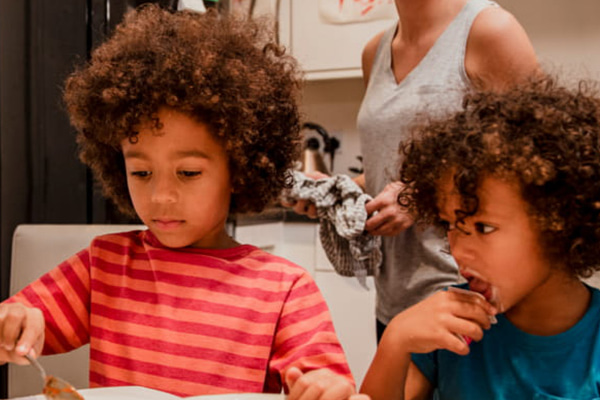
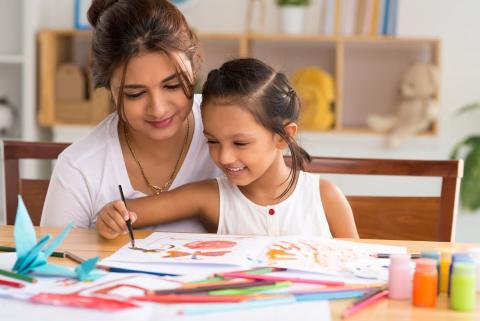

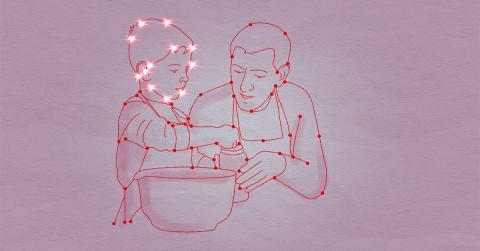

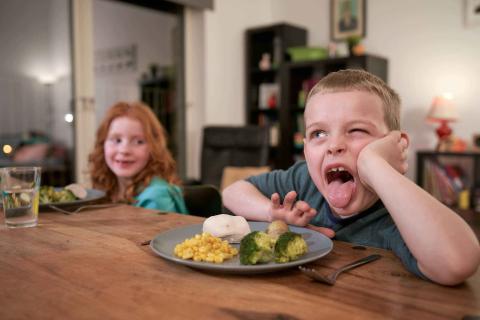
 Behaviour
Behaviour
 Activities & Play
Activities & Play